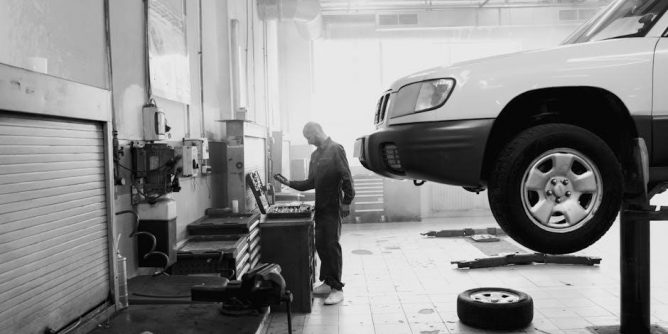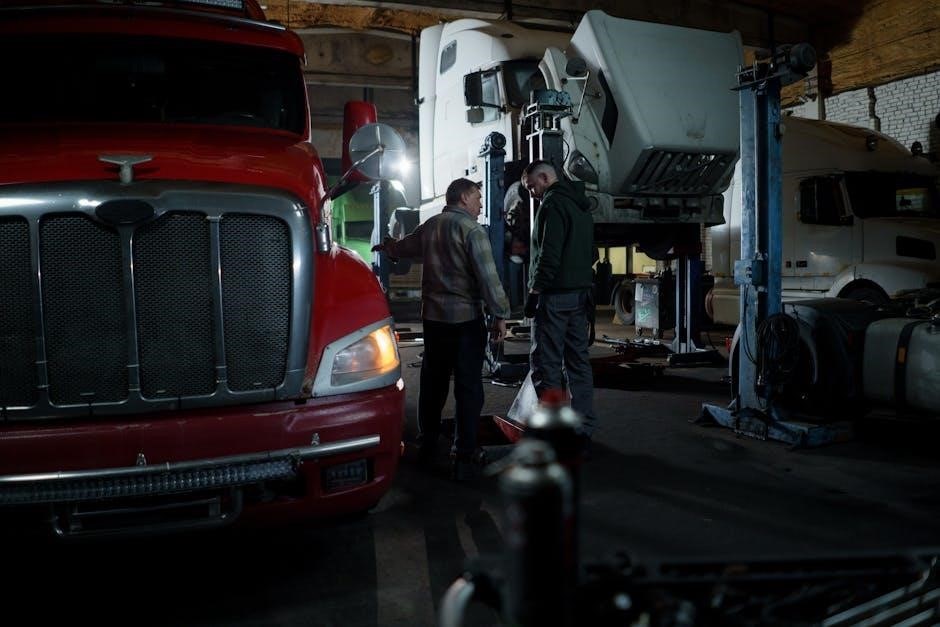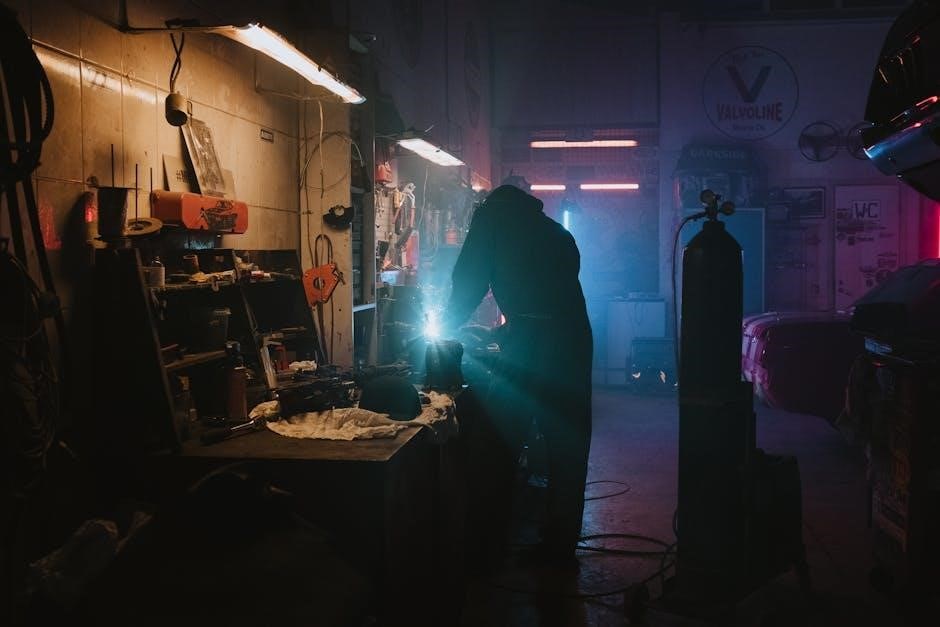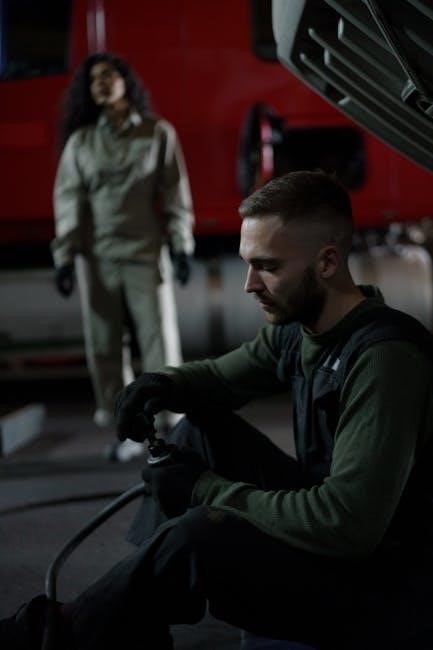
Can You Put an Auto Start on a Manual Car?
Yes, installing an auto start on a manual car is possible with proper modifications․ Owners must ensure the vehicle is in neutral gear and the parking brake is engaged․ Additional sensors may be required to detect gear position and prevent accidental movement, ensuring safe operation․ Always consult professionals for installation to maintain safety and functionality․
Auto start technology, also known as remote start, allows drivers to start their vehicle’s engine without physically inserting the key or pressing the ignition button․ This feature is highly convenient, especially in extreme weather conditions, enabling the car to heat up or cool down before driving․ While traditionally more common in automatic transmission vehicles, advancements in automotive engineering have made it possible to adapt this technology to manual transmission cars․ The system relies on sensors and safety protocols to ensure the vehicle remains stationary during remote starting․ For manual cars, additional safeguards, such as neutral gear detection and parking brake confirmation, are essential to prevent unintended movement․ This technology enhances comfort, accessibility, and safety, making it a desirable upgrade for modern drivers․ However, compatibility and proper installation are critical to avoid potential risks associated with remote starting manual vehicles․

Understanding Manual and Automatic Transmissions
A manual transmission requires driver interaction to change gears using a clutch pedal and gearshift․ Automatic transmissions shift gears automatically, offering convenience․ While auto start is common in automatics, manuals need additional safety measures like neutral gear sensors to enable remote starting safely and effectively․
Differences Between Manual and Automatic Cars
Manual and automatic cars differ significantly in their transmission systems․ Manual cars require drivers to engage the clutch pedal and manually shift gears using a gearshift, offering more control over acceleration and fuel efficiency․ Automatic cars, on the other hand, automatically change gears based on speed and load, providing convenience and ease of use․ Manual transmissions are typically lighter and more fuel-efficient, while automatics are better suited for stop-and-go traffic․ When it comes to auto start systems, automatic cars are generally more compatible due to their simpler neutral state detection․ Manual cars require additional safety measures, such as neutral gear sensors, to ensure the vehicle does not move unintentionally when remotely started․ These differences in operation and safety requirements make auto start installations more complex for manual vehicles compared to their automatic counterparts․ Understanding these distinctions is crucial for determining the feasibility of installing an auto start system in a manual car․

How Remote Start Systems Work
Remote start systems use a key fob to send a signal to the vehicle’s computer, initiating engine start․ Sensors ensure the car is in a safe state (e․g․, neutral gear, parking brake engaged) before starting․ Once activated, the engine runs but the car remains stationary until the driver enters with the key and presses the brake․ This technology enhances convenience, especially in extreme weather conditions, while maintaining safety protocols to prevent accidental movement․
Remote Start Compatibility with Manual Transmissions
Remote start systems can be compatible with manual transmissions, but specific conditions must be met to ensure safe operation․ The vehicle must be in neutral gear and the parking brake must be engaged to prevent accidental movement․ Modern systems often incorporate sensors to verify these conditions before allowing the engine to start․ For manual cars, additional components like neutral gear sensors and clutch position sensors may be required to ensure the vehicle remains stationary․ Factory-installed systems in some manual cars already include these safety features, while aftermarket installations may need extra wiring and sensors․ Compatibility depends on the vehicle’s make and model, as well as the sophistication of the remote start system․ Proper installation is critical to avoid risks such as unintended movement or engine damage․ Always consult a professional to ensure the system is configured correctly for a manual transmission․

Is It Possible to Install an Auto Start on a Manual Car?
Yes, installing an auto start on a manual car is possible, but it requires specific safety measures․ The vehicle must be in neutral gear with the parking brake engaged․ Additional sensors may be needed to ensure safe operation․ Professional installation is highly recommended to avoid risks․
Factory-Installed Remote Start Systems in Manual Cars
Some car manufacturers offer factory-installed remote start systems for manual transmission vehicles․ These systems are designed to work seamlessly with the car’s existing hardware and software․ They typically include advanced safety features, such as neutral gear detection and parking brake integration, to ensure the vehicle cannot move when started remotely․ For example, brands like Ford, Subaru, and Mazda have incorporated remote start technology into certain manual transmission models, providing owners with convenience without compromising safety․ These systems are programmed to verify the vehicle is in a stationary and secure state before enabling remote start․ This integration ensures reliability and minimizes the risk of accidental movement․ Factory-installed systems are often more reliable than aftermarket solutions, as they are tailored to the specific vehicle’s specifications․ However, availability varies by make and model, so checking the vehicle’s specifications is essential for those interested in this feature․
Aftermarket Remote Start Installation for Manual Cars

Aftermarket remote start systems can be installed in manual transmission cars, offering owners the convenience of starting their vehicle remotely․ These systems typically require additional components, such as a neutral gear sensor and a parking brake monitor, to ensure the car does not move when started․ The installation process involves integrating the remote start module with the vehicle’s electrical system, often requiring a bypass module to interface with the immobilizer․ Professional installation is highly recommended, as improper setup can lead to safety risks or damage to the vehicle’s electronics․ Aftermarket systems are versatile and can be adapted to various manual transmission vehicles, but compatibility varies depending on the make and model․ Some systems may also include features like temperature sensors or smartphone app control․ While aftermarket solutions provide flexibility, they must be carefully configured to prevent unintended movement or engine issues․ Always consult a qualified technician to ensure a safe and reliable installation․

The Importance of Safety Sensors in Manual Cars
Neutral gear sensors and parking brake integration are essential for manual cars with auto start, ensuring the vehicle remains stationary during remote ignition to prevent unintended movement and maintain safety․
Neutral Gear Sensors and Parking Brake Integration
Neutral gear sensors and parking brake integration are critical for ensuring safety when installing an auto start system in a manual car․ These sensors detect whether the vehicle is in neutral gear and confirm that the parking brake is engaged, preventing accidental movement when the engine is remotely started․ Modern remote start systems rely on these sensors to verify the vehicle’s stationary state before initializing the ignition․ Without these safeguards, the car could potentially roll or move unexpectedly, posing a significant safety risk․ By integrating neutral gear sensors and ensuring the parking brake is activated, drivers can enjoy the convenience of remote starting while maintaining control and security․ These features work in tandem to provide peace of mind and protect both the vehicle and its surroundings from unintended motion․

Challenges and Considerations

Installing an auto start on a manual car requires careful consideration of safety and functionality․ Ensuring the vehicle remains stationary and secure when started remotely is essential․ Additional hardware, such as neutral gear sensors, may be necessary to prevent unintended movement; The complexity of manual transmissions can complicate the installation process, and improper setup may lead to safety risks․ Professional expertise is often recommended to address these challenges effectively and ensure reliable performance․

Potential Risks and Limitations of Auto Start on Manual Cars

While installing an auto start on a manual car is feasible, there are significant risks and limitations to consider․ One major concern is the potential for accidental movement if the vehicle is not properly secured․ Manual transmissions require the clutch to be pressed and the gearshift moved, which can lead to unintended rolling if the car is not in neutral and the parking brake is not engaged․ Additionally, remote start systems for manual cars often rely on sensors to detect the gear position, but these sensors may not always function perfectly, increasing the risk of the vehicle moving unexpectedly․ Another limitation is the complexity of the installation process, which can lead to safety issues if not done correctly․ Furthermore, some aftermarket systems may not integrate seamlessly with the vehicle’s existing systems, potentially causing electrical or mechanical problems․ Finally, there is the risk of overriding safety protocols, which could result in liability concerns․ These challenges highlight the need for careful consideration and professional installation when adding an auto start to a manual car․